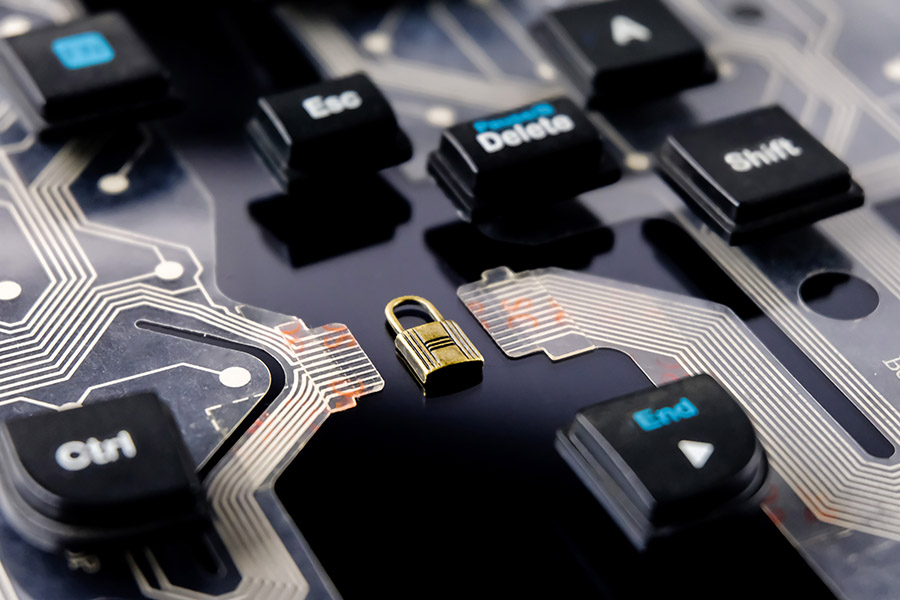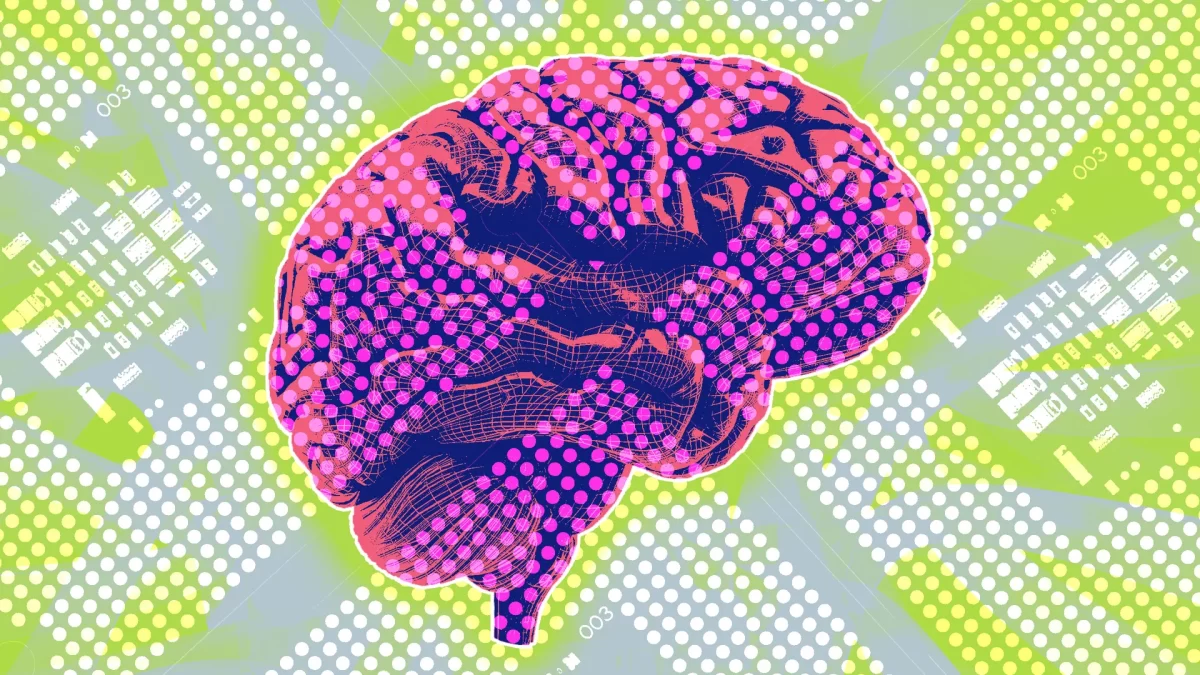
Alpha Revolutionizing Business IT Management and Support
January 22, 2024
How to protect yourself from iPhone thieves locking you out of your own device
January 25, 2024In September, Elon Musk’s brain-implant company Neuralink announced the much-anticipated news that it would start recruiting volunteers for a clinical trial to test its device. Known as a brain-computer interface, or BCI, it collects electrical activity from neurons and interprets those signals into commands to control an external device. While Musk has said he ultimately wants to merge humans with artificial intelligence, Neuralink’s initial aim is to enable paralyzed people to control a cursor or keyboard with just their thoughts.
Rival efforts to connect people’s brains to computers are also moving forward. This year, Neuralink competitor Synchron demonstrated the long-term safety of its implant in patients. Other startups tested novel devices in human subjects, while new ventures came on the scene.
“It can definitely feel like a breakout year, but in fact it’s the result of decades of work in academia,” says Sumner Norman, a visiting researcher at the California Institute of Technology who’s also the cofounder and CEO of Forest Neurotech, which launched in October. “I think we’re really just starting to feel the effects of that exponential growth.”
The origins of BCIs stretch back to the 1960s and 1970s, when the first ones were tested on lab animals. As researchers began to understand the brain better, these systems evolved to be more sophisticated, allowing paralyzed people to move robotic arms, play video games, and communicate with their minds. Once a largely academic pursuit, BCIs are now of interest to a growing cadre of companies that have emerged since Neuralink’s founding in 2016.
“Science and technology have reached a level of maturity where we can begin to have real, dramatic effects on the human condition,” says Jacob Robinson, CEO and founder of startup Motif Neurotech and a professor of engineering at Rice University. “People like Elon Musk recognize these inflection points and they put capital into commercializing it.”
Even amid controversy over its treatment of monkey test subjects, Neuralink recently raised an additional $43 million in venture capital, bringing the amount the company has raised to more than $323 million, according to filings with the US Securities and Exchange Commission.
Government investment, particularly from the US Defense Advanced Research Projects Agency and the National Institutes of Health’s Brain Initiative, has also helped propel the field forward. The latter has pumped more than $3 billion into neuroscience research since its initial funding in 2014.
In their quest to commercialize practical systems that patients can use at home, companies are designing wireless systems with implants that are smaller, more flexible, or able to capture more neural data than the rigid, comblike Utah array that’s been the mainstay in BCI research.
New York–based Synchron is one of those. The company is developing a stentlike brain implant and has raised $145 million since it was founded in 2016.
In January, Synchron published key data from four paralyzed patients in Australia showing that its device can safely transmit neural signals from inside a blood vessel in the brain for a year without any serious side effects. Signal quality also remained stable over the 12-month study period. The device has allowed the participants to text, email, and browse the web.
FEATURED VIDEO
Neurosurgeon Answers Brain Surgery Questions From Twitter
MOST POPULAR
Cops Used DNA to Predict a Suspect’s Face&-and Tried to Run Facial Recognition on It
SECURITY
Cops Used DNA to Predict a Suspect’s Face—and Tried to Run Facial Recognition on It
DHRUV MEHROTRA
How a 27-Year-Old Codebreaker Busted the Myth of Bitcoin’s Anonymity
BACKCHANNEL
How a 27-Year-Old Codebreaker Busted the Myth of Bitcoin’s Anonymity
ANDY GREENBERG
You Can Take Sony’s Full Frame Camera Anywhere
GEAR
You Can Take Sony’s Full Frame Camera Anywhere
SCOTT GILBERTSON
12 Ways to Upgrade Your Wi-Fi and Make Your Internet Faster
GEAR
12 Ways to Upgrade Your Wi-Fi and Make Your Internet Faster
WIRED STAFF
Its novelty is that it doesn’t require open brain surgery. Instead, it’s implanted through a slit at the base of the neck and threaded up through the jugular vein into the motor cortex—the part of the brain that directs movement. The device is powered by a small battery pack placed under the skin of the chest. Synchron has implanted 10 patients, including six in a US feasibility trial supported by the Brain Initiative.
The Chasing Pack
This year other companies carried out human experiments of novel devices. In the spring, New York–based Precision Neuroscience placed its brain implant in three people for about 15 minutes. The patients were undergoing brain surgery for other reasons—two were awake at the time—and Precision wanted to see if its implant could successfully read, record, and map electrical activity from the surface of the brain. The startup has since carried out similar tests in two more patients and plans to expand the study in 2024 to more sites.
Cofounded in 2021 by Benjamin Rapoport, who was also a cofounder of Neuralink, Precision has developed a thin film array that is one-fifth the width of human hair and adheres to the surface of the brain. The technology is designed to be less invasive than implants such as the Utah array that sit deeper in the brain. Penetrating arrays can cause inflammation and scarring of the brain tissue, which can lead to a loss of signal quality over time.
In its studies earlier this year, Precision says it demonstrated that its array can record brain activity in more detail and at higher resolution than current surface electrodes, which are used for monitoring epileptic seizures and mapping the brain. When patients need to undergo brain surgery, such as to remove a tumor, doctors place electrodes on their brain to identify the boundaries of areas involved in speech and movement so they can avoid those vital regions while operating.
“We’ve already been able to create a picture of the awake human brain at a higher resolution than ever before,” says Michael Mager, Precision’s cofounder and CEO.
In October, the company announced it had acquired a facility to manufacture its arrays at a bigger scale. A team of 11 people is making a few hundred arrays a month, Mager says. Initially, Precision plans to use its device to help paralyzed people operate a computer and communicate digitally. Eventually, it intends to treat a range of neurological and neurodegenerative illnesses, including anxiety, depression, and dementia.
Motif Neurotech is also tackling mental illness. Its device is designed to emit pulses of electrical stimulation to restore healthy circuit activity. A future version will read brain state data and react to it.
In September the Houston-based company announced that surgeons temporarily installed its pea-sized device in the skull of a patient who was having a brain tumor removed. In results that have yet to be peer-reviewed, Motif showed that it could effectively deliver stimulation to the brain without actually coming into contact with it. The implant was over the brain for just a few minutes.
MOST POPULAR
Cops Used DNA to Predict a Suspect’s Face&-and Tried to Run Facial Recognition on It
SECURITY
Cops Used DNA to Predict a Suspect’s Face—and Tried to Run Facial Recognition on It
DHRUV MEHROTRA
How a 27-Year-Old Codebreaker Busted the Myth of Bitcoin’s Anonymity
BACKCHANNEL
How a 27-Year-Old Codebreaker Busted the Myth of Bitcoin’s Anonymity
ANDY GREENBERG
You Can Take Sony’s Full Frame Camera Anywhere
GEAR
You Can Take Sony’s Full Frame Camera Anywhere
SCOTT GILBERTSON
12 Ways to Upgrade Your Wi-Fi and Make Your Internet Faster
GEAR
12 Ways to Upgrade Your Wi-Fi and Make Your Internet Faster
WIRED STAFF
The researchers also found that they could deliver safe and effective brain stimulation in pigs for a month. Motif wants to use the device to help people with treatment-resistant depression, which affects millions of people in the US.
“I think there’s an opportunity to be less invasive,” Robinson says. Placing an implant in the skull instead of in the brain could avoid tissue damage, bleeding, and infection. Neuralink’s device is also meant to fit into the skull but it has thin threads that reach into the brain tissue. Motif’s device sits in the skull just above the dura, the protective membrane that envelops the brain tissue. The device will target the prefrontal cortex, which is impaired in patients with major depressive disorder.
The implant is powered by wireless magnetoelectric technology that Robinson developed at Rice University, eliminating the need for a battery. A special cap that’s worn for about 20 minutes a day charges the stimulator.
Good Vibrations
Forest Neurotech in Los Angeles also launched this year to address psychiatric and cognitive disorders. The nonprofit startup is aiming to miniaturize ultrasound in a neural implant. It’s actively working on a first-generation device with partner Butterfly Network, a Massachusetts ultrasound company. Instead of capturing electrical activity, Forest’s proposed device will use sound waves to read the brain and deliver therapeutic stimulation.
Ultrasound works by emitting high-frequency sound waves in the body and measuring the “echoes” of those sound vibrations. Sound waves travel at different speeds through different tissue types. Bone isn’t permeable to sound waves, so Forest plans to embed its device in the skull. Norman says he imagines the installation process involving a short outpatient procedure rather than an invasive brain surgery.
Norman and his collaborators published a proof-of-concept study in November showing that ultrasound can power a BCI. They used functional ultrasound to measure changes in blood flow in the brains of two rhesus macaques while the animals performed hand and eye movements. The monkeys were taught to either plan to move their hand to direct a cursor on a screen or plan to move their eyes to look at a specific part of the screen. After training, they only needed to think about performing the task to control a computer.
Robert Gaunt, a researcher in the Rehab Neural Engineering Laboratory at the University of Pittsburgh who studies BCIs, is excited about the variety of devices in the pipeline. “For certain applications, it may be that you don’t have to penetrate the brain,” he says. “But a fairly large chunk of our brain is in those folds and creases.” Performing more complex actions may require new technologies that get deeper into the brain without damaging delicate tissue.
For now, he thinks simple devices have a better shot at being effective because the fewer moving parts the less likely it is that things could go wrong.
“We are at a stage where there’s been enough demonstrations of feasibility that companies have stepped in to try to make real products and medical devices,” Gaunt says. “Whether or not any of them will be successful is a different story entirely.”
Source: https://www.wired.com/story/the-race-to-put-brain-implants-in-people-is-heating-up/




